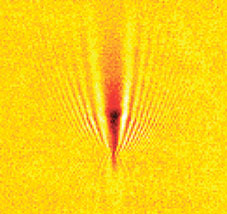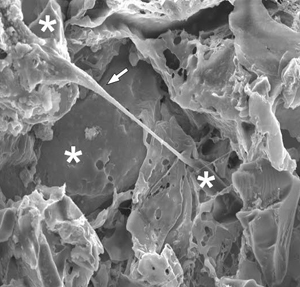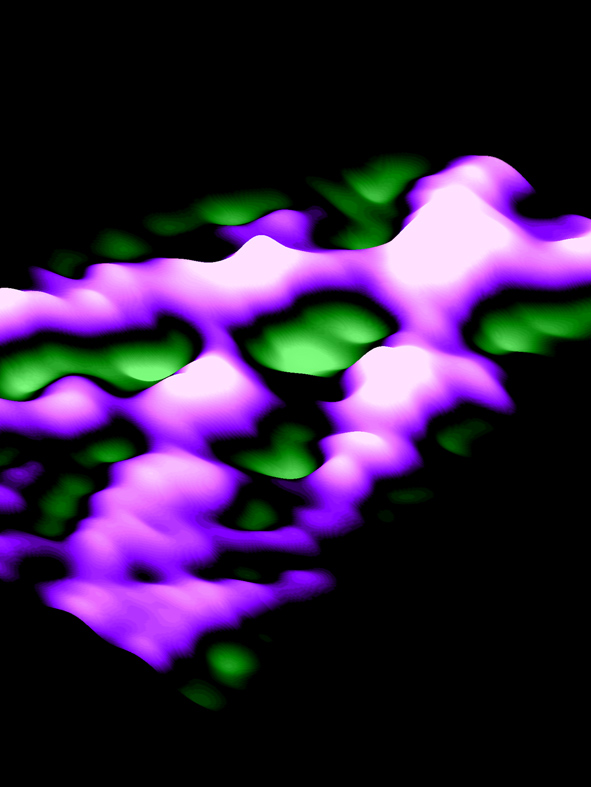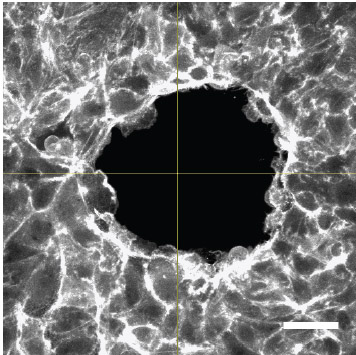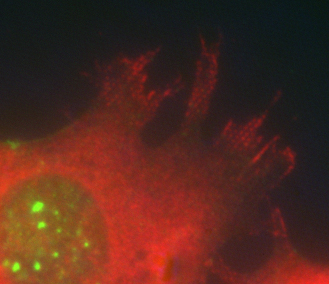Imaging the electrocatalytic activity of single nanoparticles
 An IBEC researcher has collaborated on a paper published in Nature Nanotechnology that outlines an effective new way to characterize and improve nanoparticle catalysts, which play essential roles in biomedicine, industry and everyday life by affecting the rate at which chemical reactions take place.
An IBEC researcher has collaborated on a paper published in Nature Nanotechnology that outlines an effective new way to characterize and improve nanoparticle catalysts, which play essential roles in biomedicine, industry and everyday life by affecting the rate at which chemical reactions take place.
Nanoparticle catalysts are used in making polymers and biofuels, synthesising new drugs, pollution control devices and fuel cell technology, and both characterising them and finding more effective ones is vital.

